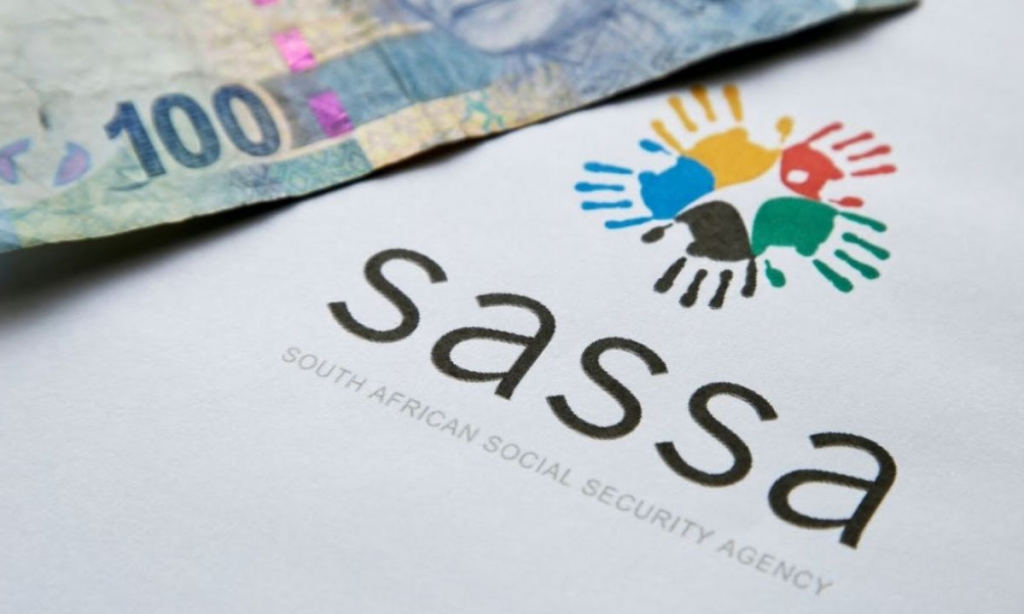In 2025, South Africa’s social grant system has taken a progressive turn. The South African Social Security Agency (SASSA) has introduced updated regulations designed to balance social support with economic participation. For many grant recipients, the fear of losing financial aid once they begin working has long been a barrier to employment. This year, however, the landscape is changing. The new approach allows individuals to take on part-time or casual work without immediately jeopardizing their eligibility for essential grants.
Understanding the Updated Eligibility Rules
A central feature of the 2025 reforms is the revision of how employment affects grant eligibility. Specifically, the Social Relief of Distress (SRD) and Disability Grants are now more flexible. Beneficiaries can earn a limited income from temporary or part-time work and still qualify for their grants. This recognizes the reality that many South Africans move between informal jobs, short-term contracts, or gig work. Under the previous system, even modest earnings could disqualify someone from continued support, leaving them in a vulnerable position once the temporary work ended.
The Revised Means Test and Its Impact
An amended means test lies at the heart of the new system. It now accounts for fluctuating income levels and offers more realistic thresholds for disqualification. If a person’s earnings remain below a certain cap, they will continue receiving grant payments. This encourages people to seek employment without the anxiety of suddenly losing their only steady source of income. The changes are designed to reward initiative and smooth the path from dependency to independence.

Work Must Be Declared Or Else
While the system is now more lenient in accommodating working beneficiaries, it also demands greater transparency. Any changes in employment status must be reported to SASSA. Beneficiaries who fail to disclose new work or income may face penalties or have their grants suspended. To support compliance, SASSA has improved its digital infrastructure, allowing users to update employment details via online platforms or through visits to local offices. These updates are crucial in maintaining accurate records and ensuring fair distribution of grants.
Incentivizing Employment Without Fear
This transition marks a significant step toward promoting economic self-sufficiency while still supporting those in need. The idea is not to withdraw assistance abruptly but to gradually reduce it as recipients become more financially stable. By offering this buffer period, the government aims to reduce dependency without punishing progress. It’s a move that aligns with broader efforts to address unemployment and grow the economy from the ground up.
A Call to Stay Informed
The 2025 SASSA reforms reflect a broader modernization of the country’s social support systems. Beneficiaries must take the time to understand how these changes affect their status and responsibilities. With flexibility comes accountability, and staying up to date on the rules is essential to avoid disruption. For those navigating unemployment or beginning to find work, the new system offers hope-a pathway to self-reliance that doesn’t abandon them when they take their first steps toward stability.



